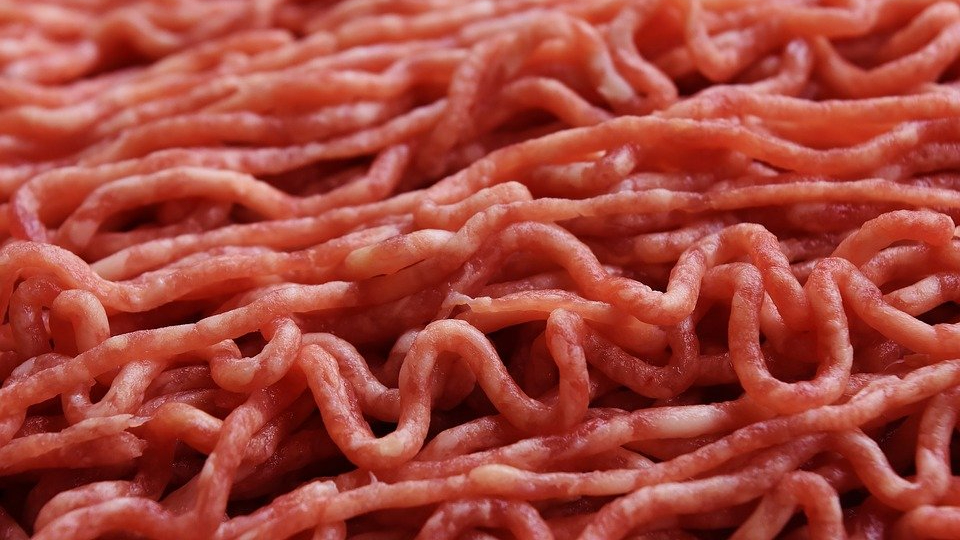Lab-Grown Meat Replacing Slaughterhouses?
Believe it or not, in an effort to curb climate change, lab grown meat is now becoming a tangible reality, learn how.
This article is more than 2 years old

The world is in the midst of a global climate crisis. Climate change has served as the catalyst for severe bouts of weather across the world and devastating crop losses, among of multitude of other things. One of the biggest contributing factors to climate change is the immense amount of heat-trapping methane gas that is being released into Earth’s atmosphere on a daily basis. One of the biggest culprits behind the release of methane gas is cattle farms. In an effort to reduce the number of cattle farms there are in operation and in turn reduce the amount of methane gas entering the air, meat is being cultivated in labs. This lab grown meat is made possible via stem cell processes.
According to Futurism, the US company Good Meat said the bioreactors would grow more than 13,000 metric tons of chicken and beef a year. It will use cells taken from cell banks or eggs, so the meat will not require the slaughter of any livestock. There are about 170 companies around the world working on lab-grown meat, but Good Meat is the only company to have received the necessary regulatory approvals to sell its product to the public. Cattle, chicken, and other livestock have a huge impact on the environment due to methane emissions, and the destruction of forests, land, and water use. The consumption of conventional meat in the current state of the environment must dramatically be reduced to knock out the impending climate crisis. Good Meat says they can provide lab-grown meat that has the same taste and feel as conventional meat but with a much smaller impact on the environment.
The Good Meat bioreactors are being manufactured as part of an agreement with ABEC, a leading bioprocess equipment manufacturer, which is also making a 6,000-liter bioreactor for Good Meat’s Singapore site which is scheduled to begin production in early 2023 and will itself be the biggest lab-grown meat bioreactor to have ever been installed. Good Meat’s chief executive, Josh Tetrick stated, “I think our grandchildren are going to ask us about why we ate meat from slaughtered animals back in 2022,” Tetrick continues on to say, “Cultivated meat matters because it will enable us to eat meat without all the harm, without bulldozing forests, without the need to slaughter an animal, without the need to use antibiotics, without accelerating zoonotic diseases”.
Lab-grown meat has not been approved for sale by the US Food and Drug Administration to which Tetrick has responded that Good Meat has submitted an application for the necessary approvals but has no idea how long it will be before the FDA provides a response. Other companies with facilities for lab-grown meat include Mosa Meat, SuperMeat, and Future Meat Technologies and there are also seafood producers like Wildtype and Shiok Meats. The idea of hundreds of thousands of metric tons of lab-grown meat may sound off the wall but it will reduce the suffering of factory farm animals and maybe even possibly reduce the nation’s carbon footprint for our grandchildren and their children.




